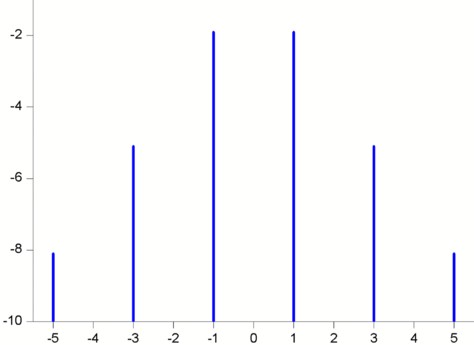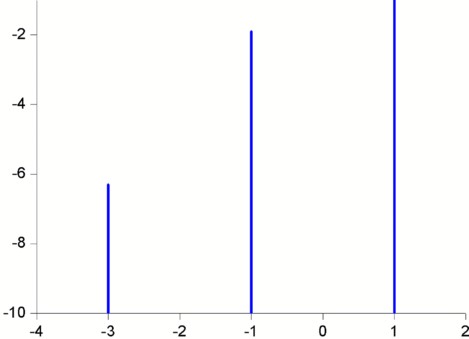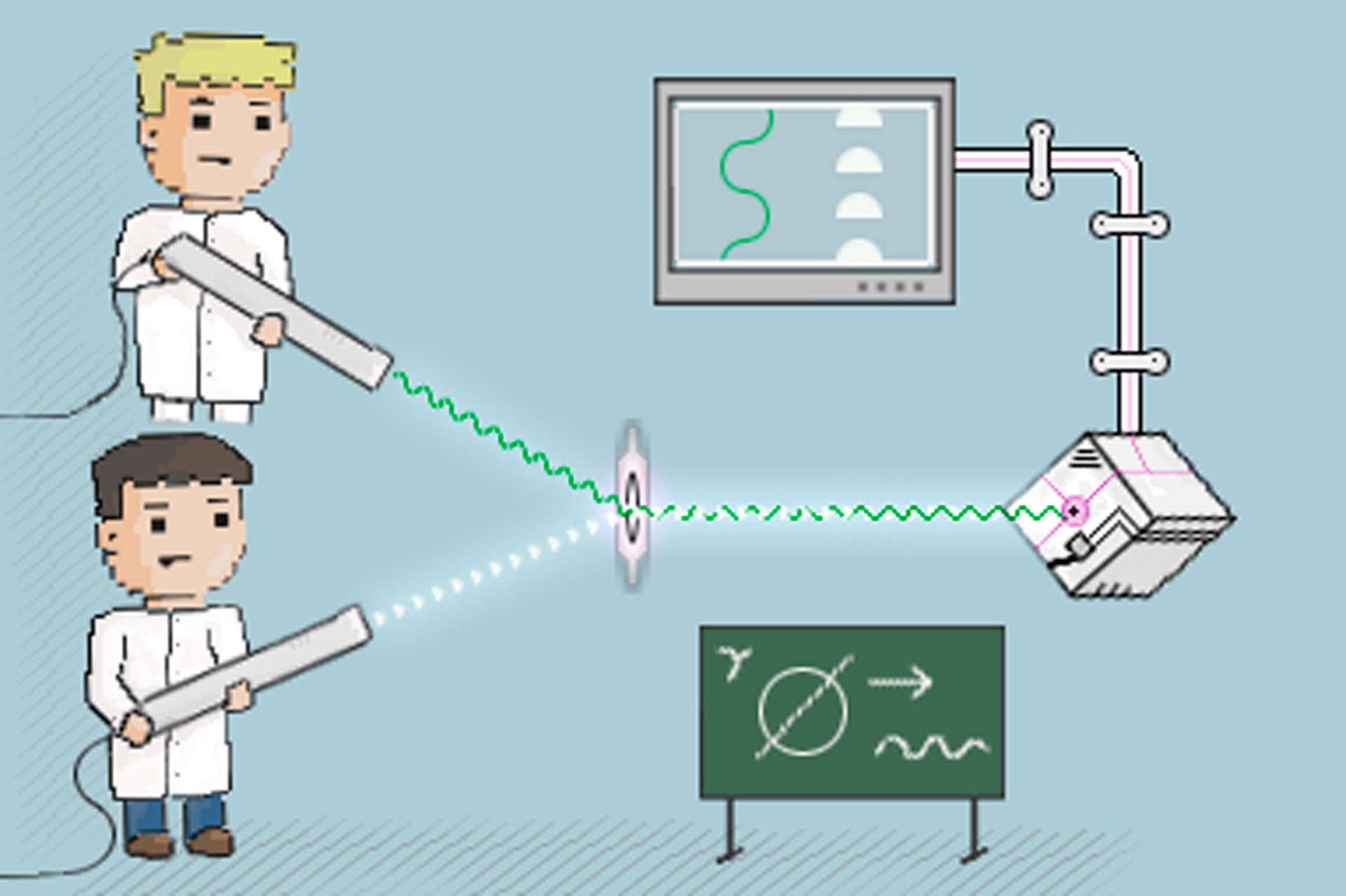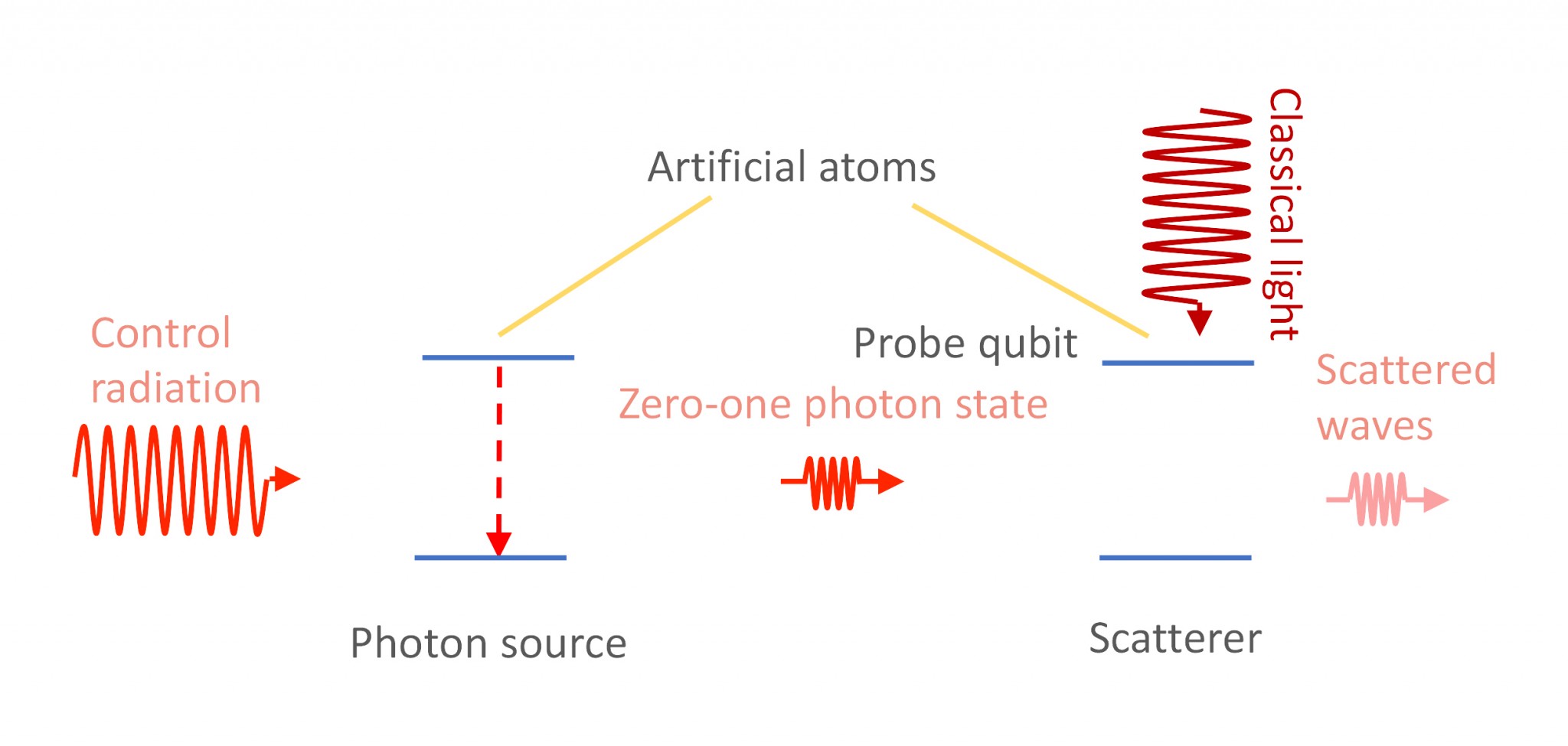A Russian-U.K. research team has proposed a theoretical description for the new effect of quantum wave mixing involving classical and nonclassical states of microwave radiation. This effect, which previously lacked a rigorous mathematical description, could be of use to quantum computer scientists and fundamental physicists probing light-matter interactions. The study came out in Physical Review A.
“We have formulated a mathematical language for handling the unconventional and intriguing phenomenon of wave mixing of classical light — coherent electromagnetic radiation — and rather exotic forms of nonclassical light, in particular, squeezed light and a superposition of one photon and zero photons, which effectively contains ‘one half of a photon,’ if you will. The study builds on our prior work, where we first designed a single-photon microwave source and then used it to create a quantum superposition between one and zero photons in a pulse, producing in effect a half-photon state,” explains the study’s PI Oleg Astafiev, of Skoltech, MIPT, the University of London, and U.K.’s National Physical Laboratory. The results have been obtained with major contributions of the first author, theoretical physicist Walter Pogosov from Dukhov Research Institute of Automatics and the RAS Institute for Theoretical and Applied Electrodynamics, and MIPT experimental physicist Alexey Dmitriev.
The study is a theoretical follow-up to the group’s earlier experiments on artificial atoms. These are microscopic devices that exhibit a key property of the natural atoms: a series of quantized energy levels.
The properties of artificial atoms make them useful in two contexts. First, they can serve as qubits, the building blocks of quantum computers. While that is a pretty hot topic now, physicists also use artificial atoms to probe the fundamental laws of nature that govern what happens in the quantum world. What makes them useful is the combination of quantum properties and being fairly manageable in an experiment: You can put an artificial atom on a microcircuit, connect it to other circuit elements and the environment.
In quantum optics, artificial atoms serve as a platform for investigating how matter interacts with light. In their prior work, the team introduced a single-photon microwave source — a device that generates pulses of electromagnetic radiation on demand that contain just one light particle. It operates at microwave frequencies, so the photons are not like the visible colors in the rainbow but invisible, like the ones in your microwave oven, and they travel along metal strips instead of an optical cable. That said, the laws of optics remain unchanged: A photon remains a photon, even in the microwave frequency range, though with a much longer wavelength and smaller energy.
The authors of the study reported in this story theoretically examined the effect known as wave mixing. Previously, they studied it for the case of classical light: If two periodic light pulses at two close but different frequencies propagate together, scatter on an artificial atom, and radiation detection on the single-photon level is performed many times over in an experiment to record the possibility of observing a photon at any given frequency, the resulting spectrum of probabilities looks something like this:

Spectral components for the case of qubit irradiation by two coherent waves, i.e., classical light only. The horizontal axis corresponds to electromagnetic radiation frequency, and the vertical axis is a logarithmic-scale measure of amplitude, which might be intuitively conceived as the likelihood of observing a microwave photon at that particular frequency. Credit: Walter Pogosov et al./Physical Review A
As might be expected, the two tall peaks are the probabilities to detect photons at the frequencies of the two initial light pulses. The peaks at other frequencies demonstrate the result of multiphoton scattering and their heights quantify the probability of corresponding multiphoton process. The average energy does not really change from the initial pulses to the peculiar photon distribution resulting from their mixing, it is only the frequencies that exhibit this curious effect.
As if ordinary wave mixing wasn’t weird enough, the team wondered what would happen if one of the two original pulses were replaced by nonclassical light. In particular, the researchers considered the case of squeezed light and something that might be intuitively grasped as a “half-photon pulse.” This refers to an exotic state of light generated by the team earlier with their single-photon microwave source. The state amounts to a superposition of one photon and zero photons. An ideal detector spots such a wave as one photon in 50% of cases and no photons in the remaining 50% of the measurements, which makes a lot of sense, in a quantum mechanics kind of way.
Here is what the statistical distribution of photon frequencies looks like for the case of quantum mixing between a classical light pulse and the peculiar half-photon pulse (notice the side peak asymmetry in this striking energy redistribution):

Spectral components for the case of qubit irradiation by a coherent wave and a zero-one photon superposition state. The horizontal axis corresponds to electromagnetic radiation frequency, and the vertical axis is a logarithmic-scale measure of amplitude, which might be intuitively conceived as the likelihood of observing a microwave photon at that particular frequency. Credit: Walter Pogosov et al./Physical Review A
In contrast to classical wave mixing, the spectrum is quantized and consists strictly of three peaks. The leftmost one reflects the photon statistics in the zero-one state: only one photon may exist in the superposed zero-one photon state. The other peaks are not possible in principle because there are no multiphoton states in the pulse.
Focusing on the phenomenon of wave mixing, the paper in Physical Review A is the first theoretical formulation of the interactions engaged in by the unusual nonclassical half-photon pulse. The researchers are now performing experiments with the photon source and microwave scatterer to confirm their theoretical findings. Besides revealing the intricacies of light’s quantum behavior, such research ultimately contributes to the body of knowledge that quantum computer engineers draw upon.


